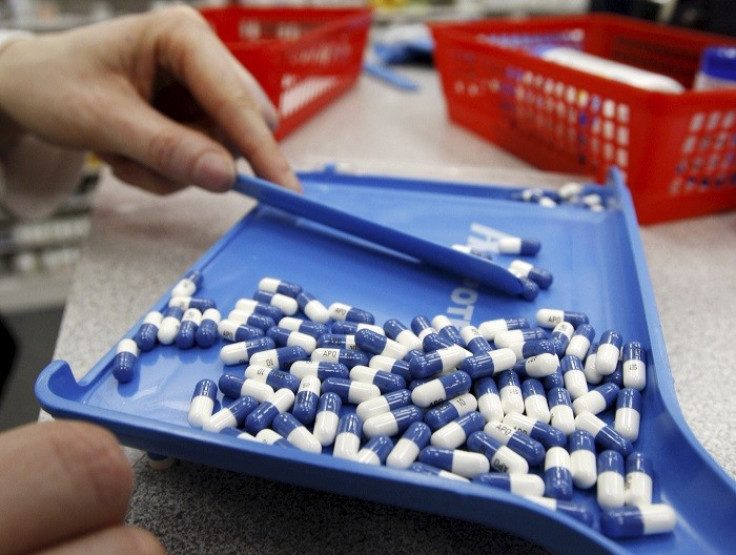New Antibiotic Treatment Selectively Targets Harmful Bacteria to Avoid Drug Resistance

By co-opting the bacteria's immune system to go against some of the microbes, researchers have been able to selectively kill harmful microbes, and leave the useful ones behind.
Heavy antibiotic treatments end up eliminating a host of microbes and also build drug resistance among colonies of bacteria. A severe colon infection is caused by bacteria during the long and harsh antibiotic regimen. A recent WHO report had noted that antibiotic resistance is a major threat in 100 countries.
"In experiments, we succeeded in instructing a bacterial enzyme, known as Cas9, to target a particular DNA sequence and cut it up," says lead researcher Luciano Marraffini, head of the Laboratory of Bacteriology at Rockefeller University.
Depending on the location of the target in a bacterial cell, Cas9 may kill the cell or it may eradicate the target gene. In some cases, treatment may prevent a cell from acquiring resistance, they found.
The researchers targeted a strain of the common skin and respiratory bacteria Staphylococcus aureus that is resistant to the antibiotic kanamycin.
Treatment by the enzyme Cas9 programmed to target a part of the resistant gene killed most of the resistant Staph and left behind the kanamycin-susceptible Staph.
In a second series of experiments, researchers turned Cas9 on tetracycline resistance-harbouring plasmids (DNA rings) in a strain of the deadly multidrug resistant bacteria Staphylococcus aureus (MRSA).
In double benefits conferred after the destruction of plasmids, the resistant cells became sensitive and the presence of the engineered Cas9 acted as an immunisation preventing other bacteria cells from turning resistant.
The results were confirmed on living skin, by using Cas9 to selectively kill kanamycin-resistant Staph infecting the shaved backs of mice.
The findings are published in Nature Biotechnology,
The team basically co-opted the bacteria's immune system, known as a CRISPR and turned it against some of the microbes.
CRISPR systems contain unique genetic sequences called spacers corresponding to sequences in viruses. CRISPR-associated enzymes, including Cas9, use these spacer sequences as guides to identify and destroy viral invaders.
The researchers directed Cas9 at targets of their choosing by engineering the spacer sequences to match bacterial genes.
Study suggests varying dosage
Microbes such as bacteria outsmart drugs by undergoing genetic mutations that help avoid detection by the drug. Bacteria can develop enzymes that degrade certain antibiotics.
Aggressive antibiotic treatment aims to kill as many microbes as possible in one shot. That does not look like a good idea always.
A review of nearly 70 studies of antimicrobial resistance, which was authored by researchers at Princeton and other leading institutions and published in the Proceedings of the Royal Society B, reveals the lack of evidence behind the practice of aggressive treatment in many cases.
In mice, the high-dose drug treatment killed off the non-resistant malarial parasites, leaving the resistant strains to multiply and make the mice even sicker.
In looking at other bacteria, they found that drug resistance is governed by two factors: the abundance of the pathogen and the strength of the selection pressure that drives the pathogen to evolve
While aggressive treatment kills maximum bacteria, moderate treatment may, for some pathogens, reduce the ability for the resistant pathogen to thrive but still reduce total pathogen levels sufficiently that the patient can recover.
A case to case treatment with varying drug dosages was found in the analysis to be most effective.
© Copyright IBTimes 2024. All rights reserved.






